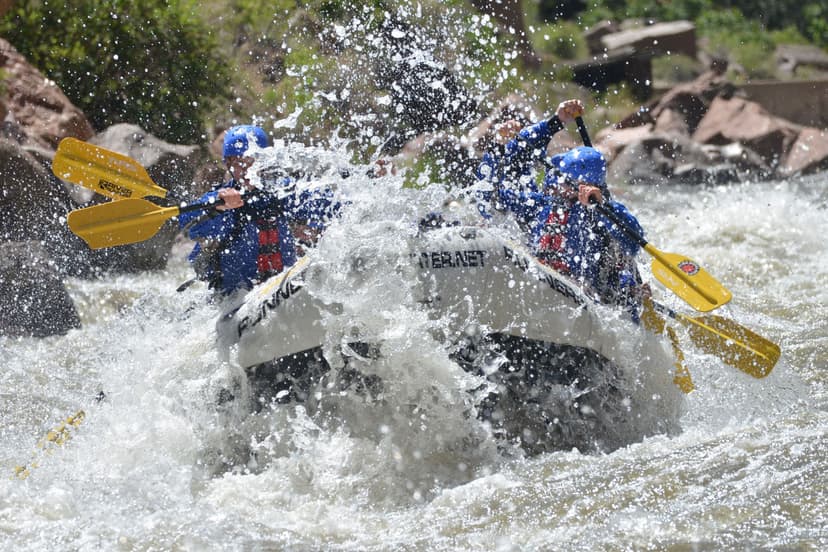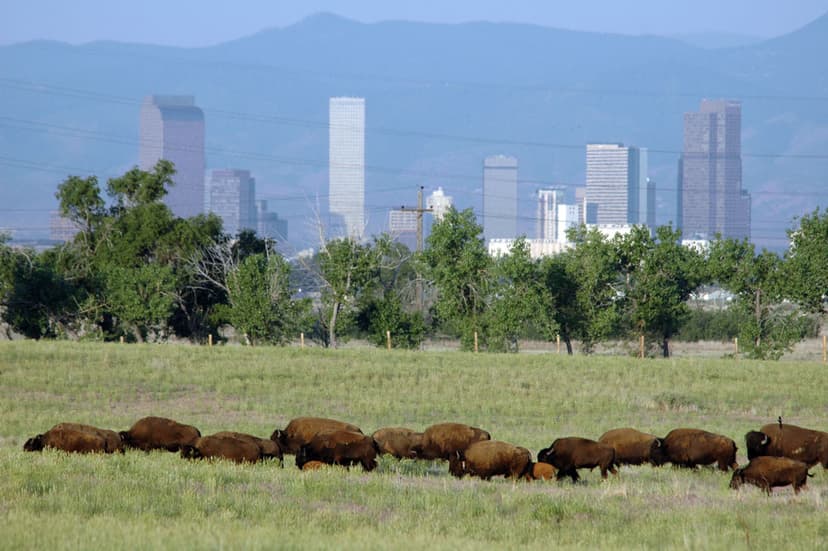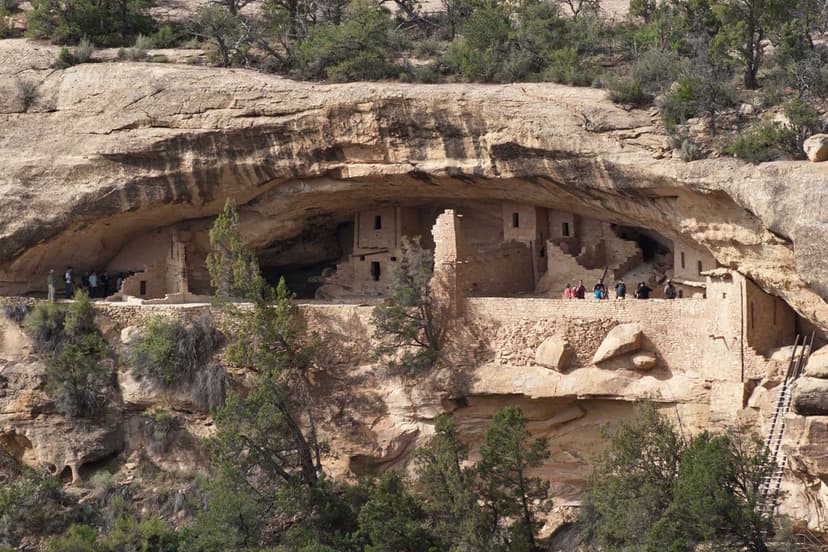As we head into those wild places for our own adventure, we need to recognize that we are entering the places a bear can call home. Our actions in these places can have a dramatic impact on the future of these animals.
Bears are opportunistic omnivores who follow their nose to the next meal. This skill has kept them fed, but it has also resulted in "problem bears," or bears that associate humans with food. Once this association has been made, a bear is generally doomed. Most land managers give a bear two chances to reform, after that it is destroyed if it comes into someone's camp looking for a handout. Bears are not cuddly, harmless pets. They have killed and mauled humans, sometimes without an understandable cause.
Black bears are most dangerous when surprised or threatened. Therefore, the first step to safety for bears and people is to avoid an unexpected encounter. Make noise when you are traveling in bear country, especially in spots where visibility is limited by vegetation. Travel in groups of three or more and stay close together. Watch for bear signs — tracks, scat, clawed trees, etc. If you smell an animal carcass, go out of your way to avoid it. Be particularly wary of a female with cubs. You don't want to come between mama bear and her babies, or any bear and its dinner.
When you camp in bear country, separate your cooking area from the place you plan to sleep by at least 100 yards. Concentrate all odors in the cooking area. Do not bring food back to your tent. In some cases, you may even consider storing the clothes you cook in with food and other odorous items. Anything that smells should either be hung up overnight or stored in a bear-proof container. This includes toothpaste, soap and bug repellant.
Watch: How to Use a Bear Canister
Hang food from tree limbs 12 feet off the ground, 6 feet from the tree’s trunk and 6 feet below the supporting limb, or store it in specially designed bear-resistant canisters or on-site lockers.

Photo credit: Leave No Trace Center for Outdoor Ethics
Another way you can do a bear hang is using the method often known as the Pacific Crest Trail method. Learn how to do a PCT bear hang.
Canisters are available for rent and sale at sporting goods suppliers and some land management agencies. Used properly, they ensure a good night’s sleep for you and a natural diet for bears. Hanging food can be tricky, so practice hanging techniques before venturing into the backcountry and allow yourself plenty of time before dark to get set up. Check with land managers about specific food-storage requirements for the area you are visiting. The various national forests and parks in the Colorado have different regulations. Methods appropriate for one area may not be allowed in another.
Around camp, be extra careful with food scraps and wash water — or anything that smells. Avoid creating leftovers because cooked food has a stronger scent than dried pasta, uncooked oatmeal or freeze-dried spaghetti in a sealed-foil package. Food scraps should be double-bagged, stored with your food and carried out of the mountains. Leave a clean campsite so that you don't inadvertently endanger others who come behind you.
Disposing of wastewater in bear country is tricky. Once again, your main goal is to keep odors out of camp. Consider digging a small hole (6–8 inches deep) and a pouring your wastewater through a strainer into the hole. This practice concentrates odors in one safe location well away from your camp; however, animals may be attracted to the smell and dig up the hole in search of food. For this reason, sumping is not recommended in areas of high use. In these places, you should walk well away from camp and scatter your strained wastewater. Any food scraps strained from your wastewater should be put into your trash.
Make sure you are aware of the possibility of a bear encounter before you enter the woods. Call ahead and check with the land managers responsible for the place you plan to visit to find out if any bears inhabit the area. If so, ask if they have been causing problems or if there are any special regulations you should know about before leaving for your trip. You should also read up on what to do in case of an attack.






